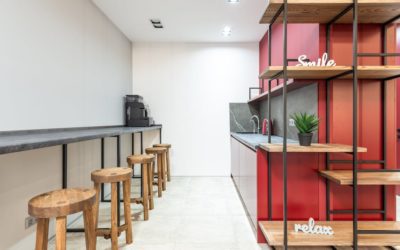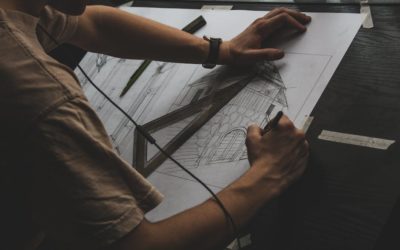Reviving Heritage: A Guide to Renovating Historic Properties
Preserving historic properties is crucial to maintaining a connection to our past and ensuring that future generations can appreciate the cultural significance of these properties. Renovating a historic property can be a daunting task, but with proper planning and execution, it can be a rewarding and fulfilling experience. In this guide, we will discuss the steps involved in renovating a historic property.
Researching the Property
Before beginning any renovation work, it is important to research the history of the property. This will help you understand the property’s cultural significance and identify any unique features that should be preserved. Some tips for conducting research on historic properties include:
- Reviewing historical records such as maps, deeds, and photographs
- Speaking with local historians or historical societies
- Consulting with the National Register of Historic Places
Assessing the Property’s Condition
It is crucial to assess the property’s condition before beginning any renovation work. This will help you identify any issues that need to be addressed and develop a renovation plan that prioritizes preservation. Some tips for assessing the property’s condition include:
- Conducting a thorough inspection of the property
- Identifying any structural or safety issues
- Assessing the condition of the electrical, plumbing, and HVAC systems
Planning the Renovation
Planning the renovation carefully is essential to ensuring that the property is preserved while also meeting modern needs. Some factors to consider when planning the renovation include:
- Preserving the property’s historic features
- Ensuring that the renovation meets local building codes and regulations
- Designing the renovation to meet modern needs while preserving the property’s character
Hiring Professionals
Renovating a historic property requires a team of professionals with specialized expertise. Some types of professionals needed for historic property renovation include:
- Architects
- Historic preservation specialists
- Contractors with experience in historic property renovation
Financing the Renovation
Financing options for historic property renovation include loans, grants, and tax incentives. It is important to choose the financing option that best meets your needs and budget. Some tips for choosing the right financing option include:
- Researching available financing options
- Consulting with a financial advisor
- Applying for grants and tax incentives
Renovation Best Practices
Following best practices for historic property renovation is essential to ensuring that the property is preserved while also meeting modern needs. Some common best practices for historic property renovation include:
- Preserving the property’s historic features
- Using materials and techniques that are appropriate for the time period
- Avoiding over-renovation
Navigating Regulations
Understanding regulations for historic property renovation is crucial to ensuring that the renovation meets local building codes and regulations. Some common regulations for historic property renovation include:
- Local building codes
- Zoning regulations
- Historic preservation ordinances
Marketing the Property
Marketing the renovated historic property is important to attracting potential buyers and showcasing the property’s unique features. Some tips for marketing the renovated historic property include:
- Highlighting the property’s history and cultural significance
- Using high-quality photographs to showcase the property’s unique features
- Partnering with local historical societies or preservation organizations
Conclusion
Preserving historic properties is essential to maintaining a connection to our past and ensuring that future generations can appreciate the cultural significance of these properties. Renovating a historic property can be a rewarding and fulfilling experience, but it requires careful planning, execution, and attention to detail. By following the steps outlined in this guide, you can help ensure that the historic property is preserved while also meeting modern needs. Let’s work together to preserve our heritage for generations to come!











